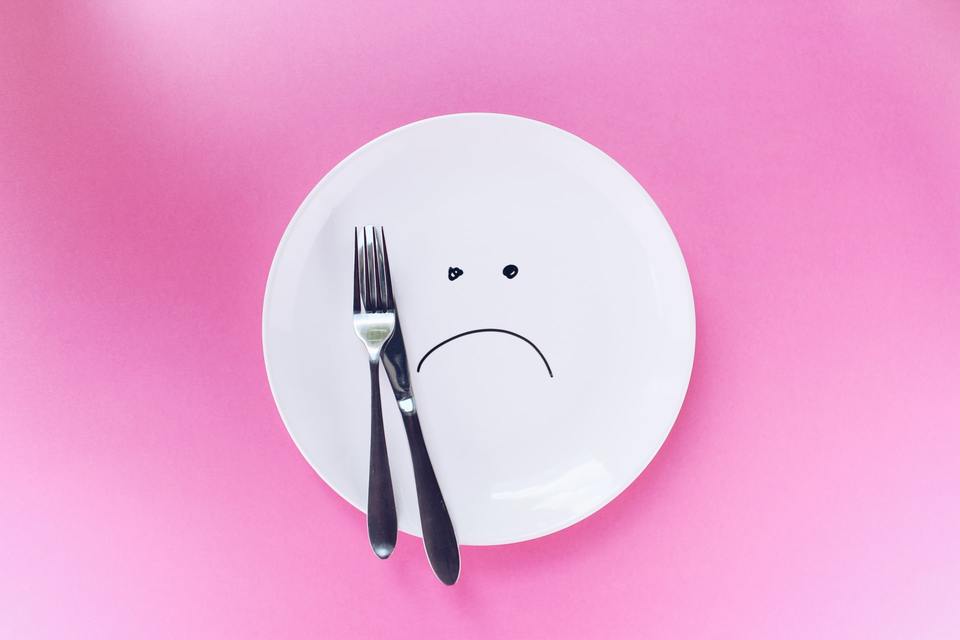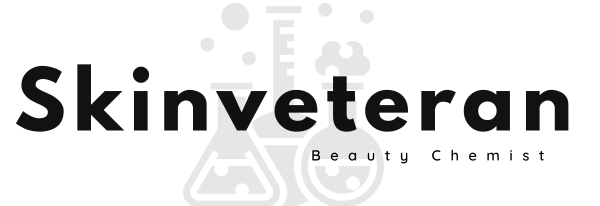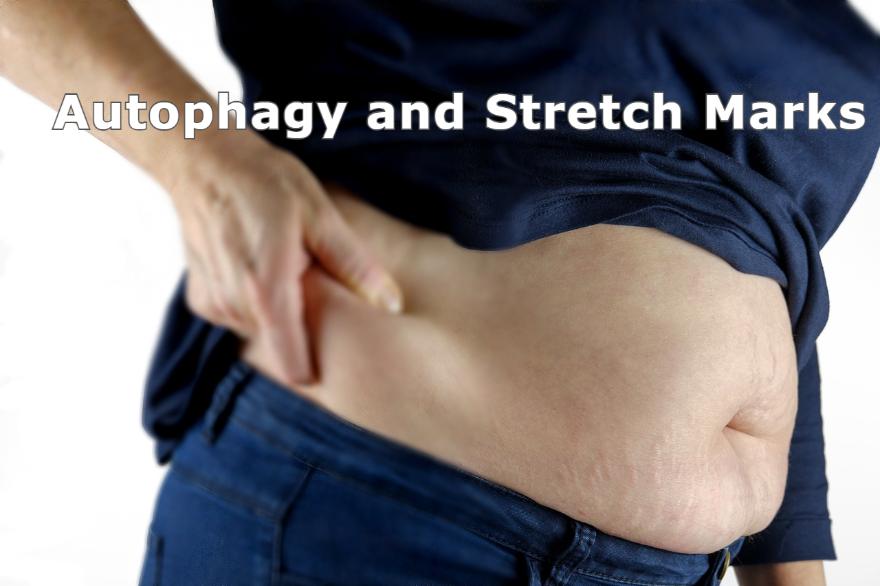Autophagy Stretch Marks: Does It Really Work?[Explained]
Stretch marks can develop on any part of your body, although they are most common on the belly, thighs, breasts, and buttocks. In addition to weight lifting and pregnancy, rapid weight gain or loss can also cause the skin to stretch out and leave marks in its wake.
They usually fade away with time, but not completely. So, what are your options if you want to get rid of stretch marks quickly? Will autophagy help you reduce stretch marks?
No studies have demonstrated a direct link between autophagy and stretch marks. However, some anecdotal and indirect evidence suggests that autophagy may help fade stretch marks quickly.
This article takes a closer look at the available studies to help you better understand the link between autophagy and stretch marks.
How Does Autophagy Work?
Autophagy is a term that has been around for a long time. It has been known to scientists since the 1960s, but it gained popularity in the 1990s after discovering autophagy-related genes (ATGs). Yoshinori Ohsumi, a Japanese scientist, won the Nobel Prize in 2016 for explaining the process of autophagy.
What exactly is it?
Autophagy is a complex series of events that helps the body maintain its balance by recycling dysfunctional molecules (proteins, DNA, and microorganisms).
A study from Nature Journal showed that autophagy gets slowed down as we age. And this is why our body becomes prone to various diseases. Also, it causes the skin to get loose and develop wrinkles that we perceive as signs of aging.
These findings lead scientists to find ways to speed up autophagy and help the body restore its balance. So, how can revving autophagy help you reduce stretch marks and even slow down aging?
We have got you covered with this!
Autophagy Stretch Marks: Does It Help?
Stretch marks appear on your body as red, glossy streaks caused by excessive stretching of the skin fibers (collagen and elastin). Collagen fibers become broken and lose their original shape. And, autophagy can recycle these damaged proteins, which may help reduce stretch marks.
But is it that simple and easy? No, not all, especially if your age is above 30. Why so?
Collagen and elastin are two proteins that are important for the elasticity and resilience of your skin tissue. When you’re under the age of 30, your body makes more of these proteins, which keep your skin supple and youthful. It’s why you don’t have many wrinkles or fine lines on your skin until you’re in your 30s.
These two protein fibers (collagen and elastin) become overly stretched due to weight gain, pregnancy, or rapid growth. As a result, they lose their shape and transform into stretch marks.
In the early times of you getting stretch marks, they look red because they still have enough blood vessels underneath them. At this stage, autophagy can diminish stretch marks faster than when they turn white.
Because as stretch marks get old (white), they lose blood vessels. And therefore, it becomes difficult for the body to induce collagen production there.
You already have robust autophagy and collagen production at a young age, in your 20s or before. As a result, all you have to do to get rid of stretch marks is lose weight and eat correctly.
But, if you’re in your 30s or older, what can you do to boost collagen production and speed up autophagy?
Recent research has uncovered some viable solutions to this problem.
How Can You Accelerate Autophagy For Stretch Marks
Studies have shown that autophagy kicks in when your body runs into a physical stress condition. In response to stress, the body activates numerous signaling pathways to deal with the emergency. It triggers an enzyme called AMPK, which activates the whole process of autophagy.
The autophagy system then searches your body for abnormal molecules that can be damaged proteins (collagen and elastin) and recycle them. It’s how autophagy helps you get rid of stretch marks.
But how will you make your body run into physical stress situation? Here comes the good part.
A study has shown that the following ways can help the body accelerate autophagy.
- Exercise (cardio like running will be more helpful)
- Prolonged fasting ( 2 to 4 days)
- Intermittent Fasting
- Cold shower
Running for an hour every day puts your body under stress, which speeds up autophagy. If you build a running routine, autophagy will kick in daily, even if you miss a run sometimes.

During extreme fastings, like just living on the water for two days, your body degrades every abnormal molecule to fulfill its energy needs. It can also recycle the stretch marks fibers to produce glucose and proteins.
You may have seen famous personalities like Joe Rogan, Cristiano Ronaldo, and Hollywood stars taking cold showers or ice baths. Extreme cold causes the body to recover fast with the help of autophagy.
FAQs About Autophagy and Stretch Marks
The following are commonly asked questions regarding autophagy and its effects on stretch marks. We have looked into studies and answered them for your better understanding of the topic.
1. How Long Should You Fast For Maximum Autophagy?
Animal studies have shown that autophagy starts kicking in after 24 hours of fasting and peaks at the 48th hour without food. So, you have to live on water only for almost two days to experience maximum autophagy. Experts also recommend that 36 hours long fasting can induce substantial autophagy.
2. Does Exercise Speed up Autophagy?
An article published by Frontiers shows that your body muscles exhibit molecular markers (AMPK) of autophagy after you exercise. This study also confirms that two months of regular exercise enhances the body’s capacity for autophagy.
It is evident from these studies that cardio, gyming, or intense sports have a positive effect on autophagy and, as a result, on stretch marks.
3. Does Autophagy Help Spider Veins?
According to a study, there is a direct link between autophagy and vascular diseases like spider veins. It showed that slow peace autophagy might contribute to the development of varicose veins. Therefore, employing natural ways to accelerate autophagy can help reduce the appearance of spider veins.
4. What Foods Accelerate Autophagy?
Those foods that boost your fat metabolism and produce ketones bodies may help accelerate autophagy. Generally, ketone bodies are made during fasting. Therefore, they act as a stress signal for the body and help enable autophagy.
According to studies, foods (garlic, ginseng, coffee, cinnamon, and green tea) containing almost no carbs, and are high in antioxidants, can increase autophagy.
What Have We Learned?
Autophagy is a very selective response that helps recycle malfunctioned proteins, DNA, and Cells. When your skin tissue is excessively stretched due to pregnancy or weight gain, the proteins fibers (collagen, elastin) permanently run out of shape. As a result, you develop stretch marks. Inducing autophagy can help fast recycle these out-of-form and function proteins, thereby reducing stretch marks.



